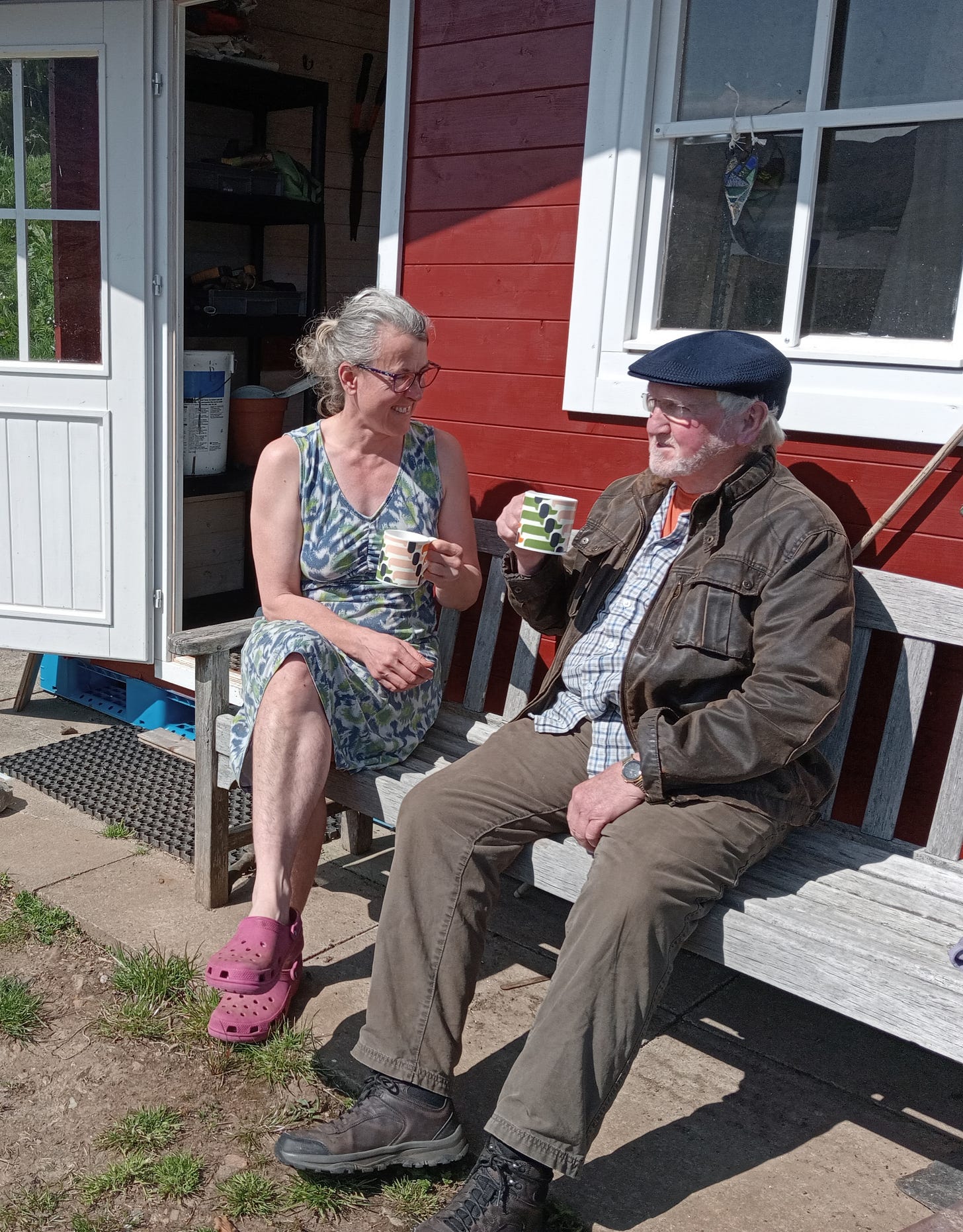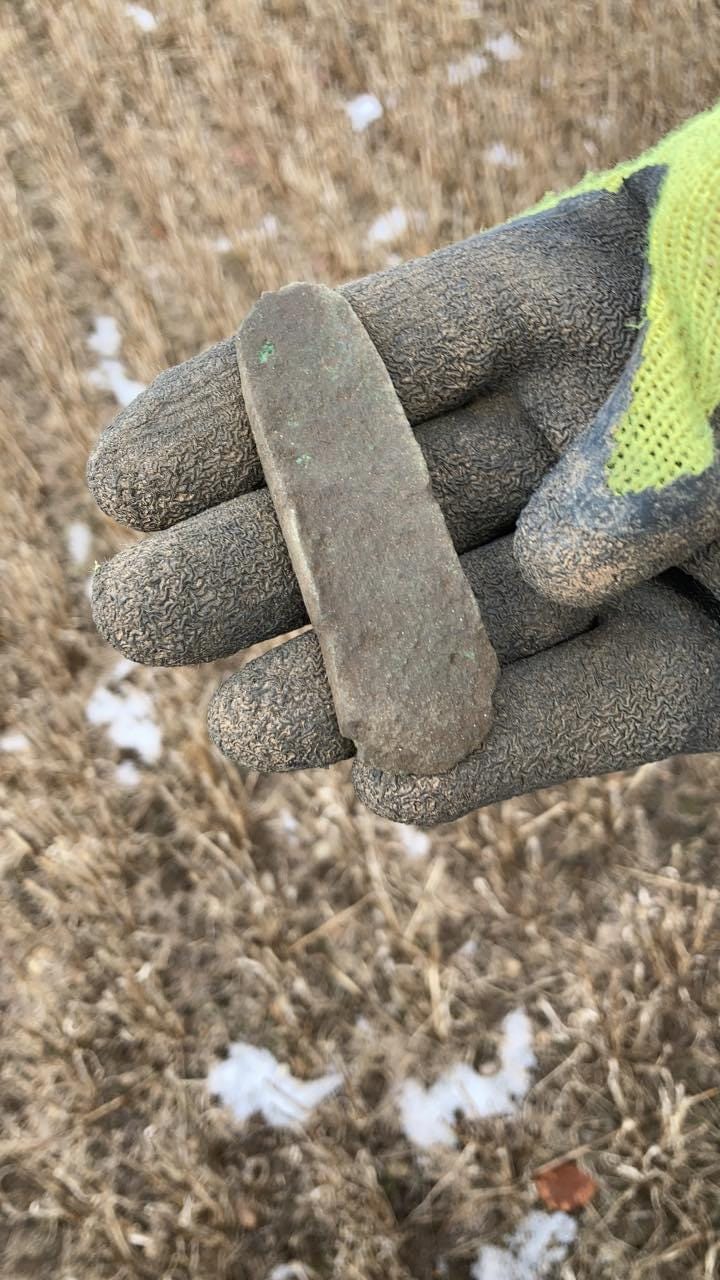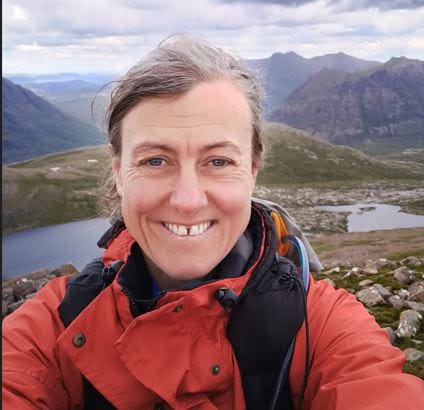Living as I do in a relatively remote rural glen in the north of Scotland, I find I am surrounded by a small but insightful group of neighbours. One of them, a keen metal detectorist, is always unearthing interesting items and rushing them off to the National Museum of Scotland.
Just this week, he burst through my door, eyes sparkling with excitement, clutching his latest treasure – a Bronze Age chisel. His excitement was contagious; “this isn't just any find” he said, “it's a rare gem, possibly carried to our lands from a distant shore”. Over a steaming, and seemingly endless pot of tea, brimming with animated conversation he gave me some of his insights - learnt through years in muddy fields on Sunday mornings.
A Highland Detectorist’s Tale
"Being a metal detectorist” he said “I've always been fascinated by the Bronze Age. It's a period that changed everything, from 3300 to 1200 BC. You know, it was all about big leaps in working with metal and making tools. And the finds I get most excited about? Bronze Age tools, especially the ones I've found right here in the Scottish Highlands. They're like windows into what life and skills were like - way back then “.
“So, what’s this you’ve found now then?” I asked as I poured out another cup of tea and watched as he added several spoonfuls of sugar.
The Significance of Bronze Age Chisels
“So, picture this - I find a Bronze Age chisel, right? Made from copper and tin. It's not just any old tool, these chisels were a big deal back then. They’d moved on from the old stone tools, making things more durable and precise. And finding these in the Highlands? It's really a revalation because it tells us about the skills and day-to-day life of the people here in the Bronze Age”
The Highlands are just teeming with history, and for a metal detectorist like my neighbour it's a treasure trove of discovery. The tools he finds are generally in exceptionally good condition, which makes you think…. were they well-kept or just not used much? Understanding these finds helps us piece together how metalworking spread across Europe and what it was like right here in the Highlands.
He continued “Every item I dig up it’s more than just a tool – it's a clue to how people advanced technologically and culturally. The way these tools are designed and made can tell us just how skilled and knowledgeable their makers were. Plus, where we find these tools can give us hints about things like trade routes, social structures, and maybe even some of the rituals”. He becomes more animated as we chat and he goes on to tell me that his discoveries have added a piece to the puzzle of human history, shining a light on how our ancestors evolved with the technology. It's fascinating to think about how these advancements spread across ancient Europe.
Amateur metal detectorists, like my neighbour, have made some significant historical discoveries. In June 2020, a remarkable discovery unfolded near Peebles in the Scottish Borders, capturing a vivid snapshot of the Bronze Age. Metal detectorist Mariusz Stepien, armed with his keen eye and detector, stumbled upon an extraordinary hoard of Bronze Age artifacts. This collection included a fully intact horse harness and a sword, along with intricately decorated bronze straps, rings, and ornaments. Each piece, some being unique finds in Scotland, hinted at a community deeply connected across Europe. What made this discovery truly phenomenal was the preservation of the organic materials such as leather and wood. For the first time in Britain, this find offered unprecedented insights into the construction and assembly of Bronze Age horse harnesses, painting a vivid picture of the technological and cultural sophistication of that era.
Sandy goes on to lecture me about process “About my latest find, it's very important to do things by the book. I report these finds to the Treasure Trove Unit in Scotland and make sure I document where and how I found them. I avoid digging more than is required to unearth the item of interest and wait for the experts to take over. If they declare it a treasure trove, this chisel might end up in a museum, adding to everyone's knowledge”
Places like Clava Cairns, Skara Brae, and Kilmartin Glen have been key to finding Bronze Age artifacts and are sites open to the visiting public. Museums like the National Museum of Scotland, The Orkney Museum, and the Inverness Museum and Art Gallery hold many of these amazing finds.
Imogen Furlong, the High Life Highland Countryside Ranger Manager, is known for her enthusiasm, organisation, and drive. Her deep passion for the Scottish Highlands' wildlife and extensive experience in outdoor education and recreation management have been central to this role. Imogen is a practical and collaborative project manager, empowering her teams to work effectively in communities and contribute to local conservation efforts.







